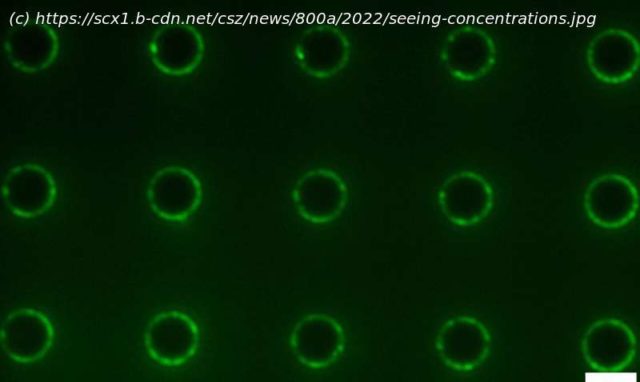Researchers from the Harvard John A. Paulson School of Engineering and Applied Sciences (SEAS) have developed a fast and cost-effective method to test liquids for a ubiquitous family of chemical compounds known as amphiphiles, which are used to detect diseases such as early-stage tuberculosis and cancer as well as to detect toxins in drugs, food, medical devices and water supplies.
Researchers from the Harvard John A. Paulson School of Engineering and Applied Sciences (SEAS) have developed a fast and cost-effective method to test liquids for a ubiquitous family of chemical compounds known as amphiphiles, which are used to detect diseases such as early-stage tuberculosis and cancer as well as to detect toxins in drugs, food, medical devices and water supplies.
The research was published recently in the Proceedings of the National Academy of Science.
Today’s gold standard for testing for endotoxins, a common type of amphiphiles that can contaminate water and can cause severe illness and death, requires the use of compounds only found in the blood of horseshoe crabs—making the process expensive and unsustainable. Cheaper alternatives are not nearly sensitive enough to detect amphiphiles at meaningful levels.
The new test, developed by Joanna Aizenberg, the Amy Smith Berylson Professor of Materials Science and Professor of Chemistry & Chemical Biology at SEAS, and Xiaoguang Wang, a former postdoctoral Fellow in Aizenberg lab and now an Assistant Professor of Chemical and Biomolecular Engineering at Ohio State University, uses rolling droplets on microstructured surfaces to detect amphiphiles at ultralow concentrations.






